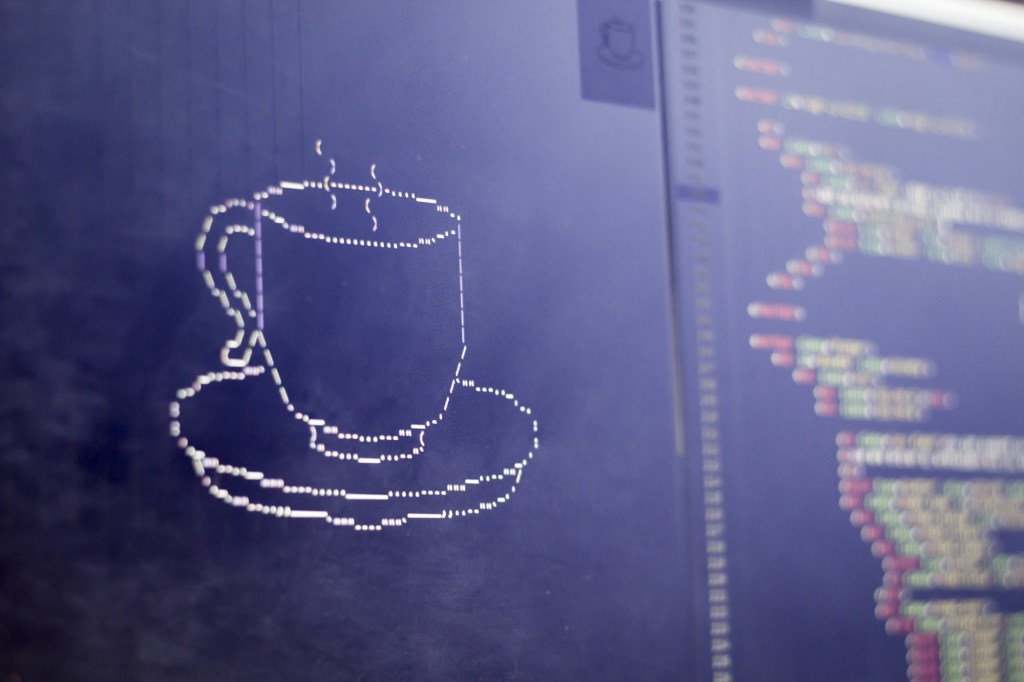What’s interesting here is that this is basically how you would achieve the same effects in the year 2016 with a fashionable graphics-friendly language/tool like Processing or P5, save for the data cards, at least. Computer animation is after all just changing or redrawing something within a looping section of code.
The animation in the video was created using Bell Labs’ BEFLIX (“Bell Flicks”), which was created by computer graphics pioneer Ken Knowlton and is usually considered to be the first computer animation language. It ran on the IBM 7090, a big-ass early supercomputer that could be had for the low, low price of $2.9 million ($23.2 million in today’s dollars).
Videos by VICE
As explained in the early-days textbook Computer Animation: Theory and Practice, BELFIX was based on the manipulation of 184 x 252 pixel frames. Each pixel had a color depth of three bits, e.g. contained three bits of information. Those three bits were capable of presenting eight different shades of grey. The language featured a handful of primitive operations, including reading/writing pixels, filling shapes, perspective projection, and a few others.
Because of its limited math capabilities, Knowlton eventually combined his language with FORTRAN as FORTRAN IV BEFLIX. A few years later, he released EXPLOR, a funky art-minded language for creating patterns based on randomization. The above image is the product of an EXPLOR program. EXPLOR is considered by esoteric programming language enthusiasts to be an early entry into the esolang universe, but it was a tool for weirdness as much as it was weird in itself:
“Mutations” is one of many incredible video art pieces done by Bell Labs resident artist Lillian Schwartz with help from EXPLOR:
Gaze deeply.


